How we read: the neuroscience behind literacy
Futurum
SEPTEMBER 5, 2023
Typically, we learn how to read well after we learn how to speak, and it is theorised that reading builds upon our speech production system. Imagine a child learning to read, being taught by an adult,” says Jacqueline. Reading also becomes progressively more difficult to learn as we age, as our brains become less adaptable. “If

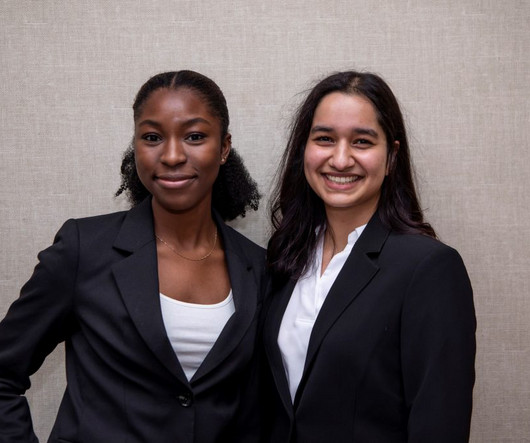
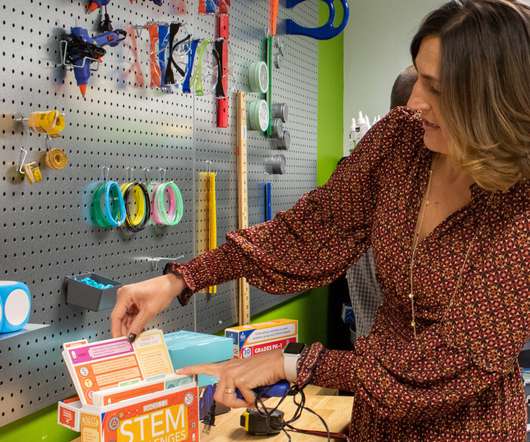
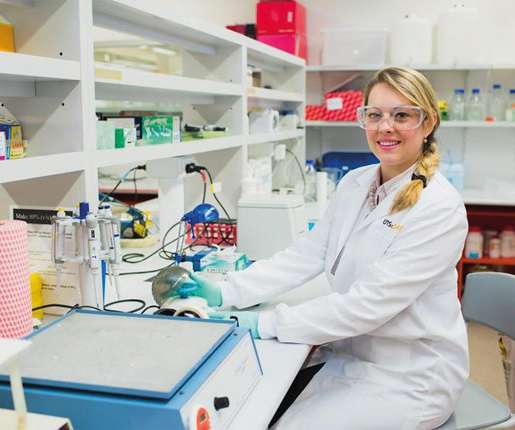

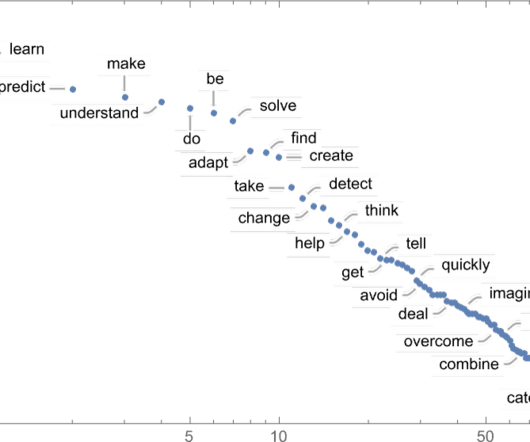

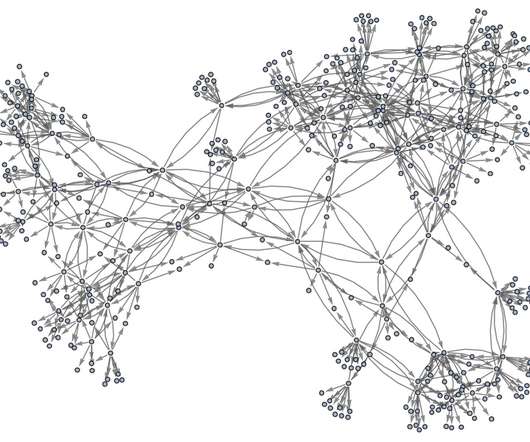






Let's personalize your content